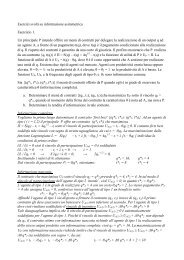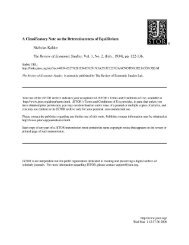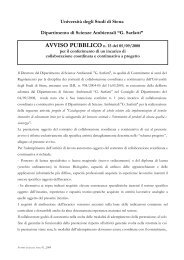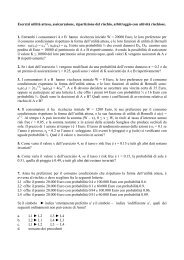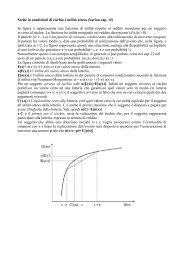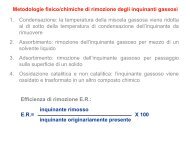Stabilisation Policy in a Closed Economy Author(s): A. W. Phillips ...
Stabilisation Policy in a Closed Economy Author(s): A. W. Phillips ...
Stabilisation Policy in a Closed Economy Author(s): A. W. Phillips ...
You also want an ePaper? Increase the reach of your titles
YUMPU automatically turns print PDFs into web optimized ePapers that Google loves.
1954] STABILISATION POLICY IN A CLOSED ECONOMY 299<br />
(a) aga<strong>in</strong> show the response of production to unit spontaneous fall<br />
<strong>in</strong> demand when there is no stabilisation policy. In Fig. 5, Curve<br />
(b) shows the effect of adopt<strong>in</strong>g a stabilisation policy with an<br />
<strong>in</strong>tegral correction factor of 0.5, and Curve (c) the effect of a<br />
stronger policy with an <strong>in</strong>tegral correction factor of 2, the time<br />
constant of the correction lag be<strong>in</strong>g 6 months <strong>in</strong> each case.<br />
Curves (b) and (c) <strong>in</strong> Fig. 6 show how the response is modified<br />
when the time constant of the correction lag is reduced to 6 weeks,<br />
the <strong>in</strong>tegral correction factor aga<strong>in</strong> be<strong>in</strong>g 0.5 for Curve (b) and 2<br />
for Curve (c).<br />
2<br />
-2<br />
-3<br />
0<br />
-4C<br />
Years<br />
1 2 3 4 5 6 7 8<br />
(a)\<br />
(b)<br />
FIG. 6<br />
Curve (a), no stabilisation policy.<br />
Curve (b), fi = 0-5, T = 6 weeks.<br />
Curve (c), f- = 2, T = 6 weeks.<br />
It will be seen that even with a low value of the <strong>in</strong>tegral<br />
correction factor, cyclical fluctuations of considerable magnitude<br />
are caused by this type of policy, and also that the approach to<br />
the desired value of production is very slow. Moreover, any<br />
attempt to speed up the process by adopt<strong>in</strong>g a stronger policy is<br />
likely to do more harm than good by <strong>in</strong>creas<strong>in</strong>g the violence of<br />
the cyclical fluctuations, particularly when the time lag of the<br />
correct<strong>in</strong>g action is long. With an <strong>in</strong>tegral correction factor of<br />
2 and a correction lag of 6 months, as illustrated <strong>in</strong> Curve (c) of<br />
Fig. 3, the svstem has become dynamically unstable. In such a<br />
case the oscillations would <strong>in</strong>crease <strong>in</strong> amplitude until limited by<br />
non-l<strong>in</strong>earities <strong>in</strong> the system and would then persist with<strong>in</strong> those<br />
limits so long as the policy was cont<strong>in</strong>ued.



